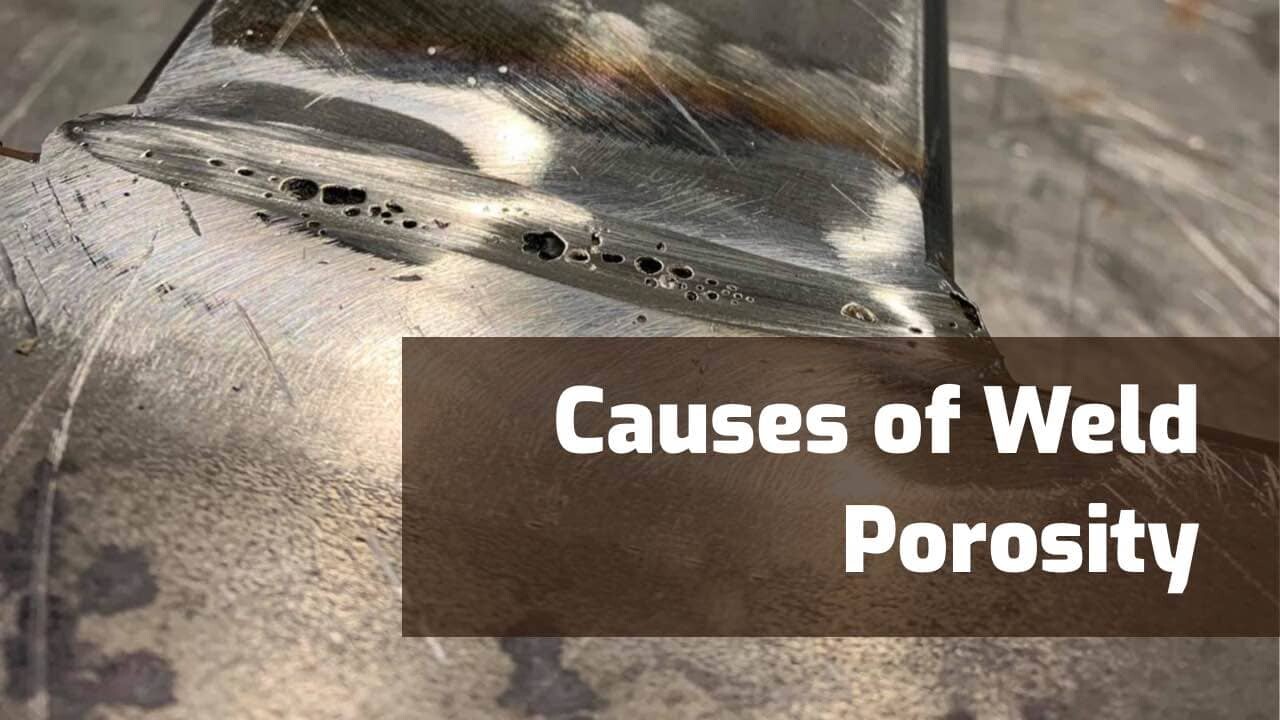Unraveling the Secret of Porosity in Welding: Tips for Decreasing Flaws and Optimizing Quality
In the elaborate world of welding, porosity remains a relentless obstacle that can substantially influence the top quality and stability of bonded joints. As we dive right into the depths of porosity in welding, uncovering the tricks to its avoidance and control will certainly be critical for experts looking for to master the art of premium weldments.
Recognizing Porosity in Welding
Porosity in welding, a common concern experienced by welders, refers to the existence of gas pockets or voids in the welded material, which can jeopardize the integrity and high quality of the weld. These gas pockets are usually trapped during the welding process as a result of different elements such as improper shielding gas, infected base materials, or wrong welding criteria. The development of porosity can deteriorate the weld, making it vulnerable to breaking and deterioration, ultimately causing architectural failures.
Understanding the source of porosity is critical for welders to efficiently stop its event. By acknowledging the importance of preserving appropriate gas securing, making sure the sanitation of base materials, and optimizing welding settings, welders can substantially decrease the likelihood of porosity formation. Furthermore, making use of methods like preheating the base product, using correct welding strategies, and carrying out detailed examinations post-welding can better aid in reducing porosity issues. Overall, a detailed understanding of porosity in welding is essential for welders to produce top quality and sturdy welds.

Common Reasons For Porosity
When checking welding processes for possible high quality concerns, comprehending the typical reasons for porosity is necessary for maintaining weld honesty and protecting against structural failings. Porosity, identified by the existence of cavities or gaps in the weld steel, can substantially compromise the mechanical residential or commercial properties of a welded joint. One common source of porosity is improper securing gas insurance coverage. Insufficient securing gas flow rates or improper gas mixes can result in atmospheric contamination, causing porosity formation.
Another common cause of porosity is the presence of wetness and contaminants on the surface of the base steel or filler product. When welding products are not appropriately cleansed or are exposed to high degrees of humidity, the vaporization of these contaminants throughout welding can create gaps within the weld grain. Furthermore, welding at incorrect parameters, such as exceedingly high travel rates or currents, can create excessive disturbance in the weld swimming pool, trapping gases and creating porosity. By resolving these usual causes via appropriate gas securing, product prep work, and adherence to ideal welding specifications, welders can reduce porosity and enhance the top quality of their welds.
Methods for Porosity Prevention
Executing effective preventative procedures is vital in decreasing the event of porosity in welding procedures. One technique for porosity avoidance is guaranteeing appropriate cleansing of the base metal before welding. Impurities such as oil, oil, corrosion, and paint can cause porosity, so comprehensive cleaning utilizing proper solvents or mechanical methods is necessary.

Using premium filler materials and securing gases that are ideal for the base metal and welding procedure can substantially minimize the risk of porosity. In addition, preserving appropriate welding specifications, such as voltage, existing, take a trip speed, and gas circulation price, is vital for porosity prevention.
In addition, More about the author using proper welding strategies, such as maintaining a regular traveling rate, electrode angle, and arc length, can assist avoid porosity (What is Porosity). Adequate training of welders to guarantee they comply with ideal practices and quality assurance treatments is also essential in minimizing porosity problems in welding

Ideal Practices for Quality Welds
One trick method is keeping appropriate sanitation in the welding location. Thoroughly cleaning up the work surface and bordering location before welding can aid reduce these problems.
One more best practice is to thoroughly pick the proper welding parameters for the certain materials being signed up with. Correct criterion selection makes sure optimum weld penetration, combination, and total top quality. Utilizing top quality welding consumables, such as electrodes and filler steels, can substantially affect the final weld top quality.
Value of Porosity Control
Porosity control plays a crucial role in making sure the integrity and her comment is here top quality of welding joints. Porosity, defined by the existence of cavities or spaces within the weld steel, can considerably jeopardize the mechanical residential properties and architectural integrity of the weld. Excessive porosity deteriorates the weld, making it more susceptible to splitting, corrosion, and overall failing under operational lots.
Efficient porosity control is crucial for maintaining the wanted mechanical buildings, such as stamina, ductility, and durability, of the bonded joint. What is Porosity. By reducing porosity, welders can improve the total high quality and integrity of the weld, ensuring that it satisfies the performance needs of the intended application
In addition, porosity control is vital for accomplishing the desired aesthetic appearance of the weld. Extreme porosity not only compromises the weld yet also interferes with its visual appeal, which can be important in sectors where aesthetic appeals are necessary. Correct porosity control strategies, such as using the right securing gas, controlling the welding specifications, and making certain proper cleanliness of the base materials, are essential for generating premium welds with minimal flaws.

Verdict
To conclude, porosity in welding is an usual problem that can jeopardize the quality click this of the weld. By understanding the causes of porosity and implementing proper avoidance techniques, welders can decrease flaws and attain better welds. It is essential to manage porosity in welding to ensure the integrity and strength of the final item. Executing ideal practices for porosity control is crucial for accomplishing optimal welding outcomes.